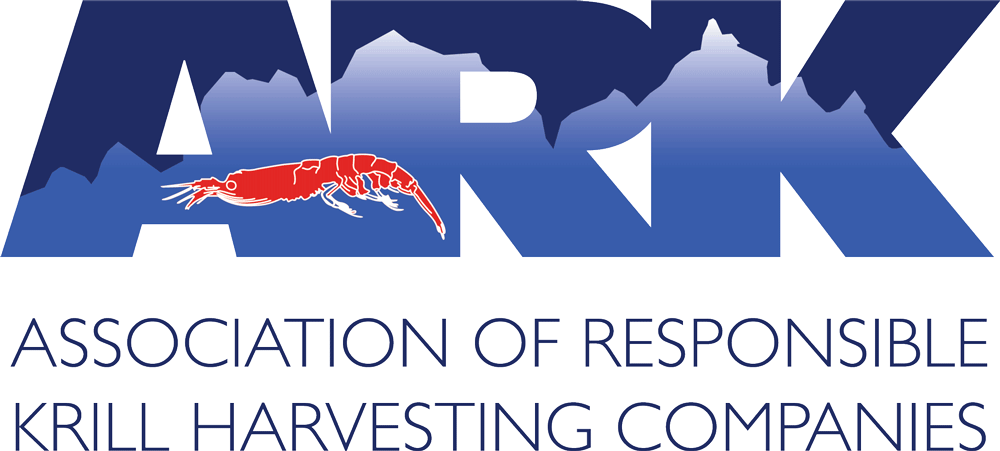2019 Large-scale Krill Survey
2019 Large-Scale Krill Survey
The Antarctic krill fishery is probably the most conservative in the world: catches represent only ~1% of the total estimated biomass. CCAMLR has agreed on a precautionary catch limit of 620,000 tonnes annually until effects on the ecosystem can be adequately evaluated.
Despite the above, a regular review of the health of the krill population is required. Accordingly, members of CCAMLR planned and executed a large-scale krill survey of Area 48 (where most fishing occurs) during the austral summer of 2019. ARK members actively participated in this survey.
The 2019 International Synoptic Krill Survey of Area 48 was a collective effort involving 5 nations, 6 vessels, 108 days and over 10,500 nautical miles of transects (enough to go from Pole to Pole!). The survey involved scientific research vessels from the United Kingdom (RRS Discovery) and Norway (RV Kronprins Haakon), krill fishing vessels from China (FV Fu Rong Hai), South Korea (FV Kwang Ja Ho), Ukraine (FV More Sodruzhestva), and a dedicated fishing vessel (FV Cabo de Hornos) provided by ARK. Most of the transects were conducted by RV Konprins Haakon and FV Cabo de Hornos.
ARK’s contribution to the survey involved the hiring and facilitation of a modified fishing vessel, the FV Cabo de Hornos, for use by the Institute of Marine Research (Norway). It was financed by all of ARK’s active members at the time: Aker BioMarine, Deris S.A (Pesca Chile), Jeong-Il, Dongwon, CNFC and Liaoning. The survey conducted by FV Cabo de Hornos lasted 55 days and covered 7,677 nautical miles (read press note).
The survey indicated that during the austral summer of 2019, the overall krill biomass in Area 48 was 62.6 million tonnes. In 2019 CCAMLR’s Scientific Committee (SC-CAMLR) endorsed the results of the survey.
This result is similar to the precedent benchmark, 60.3 million tonnes in 2000, supporting conservative management of the fishery.


